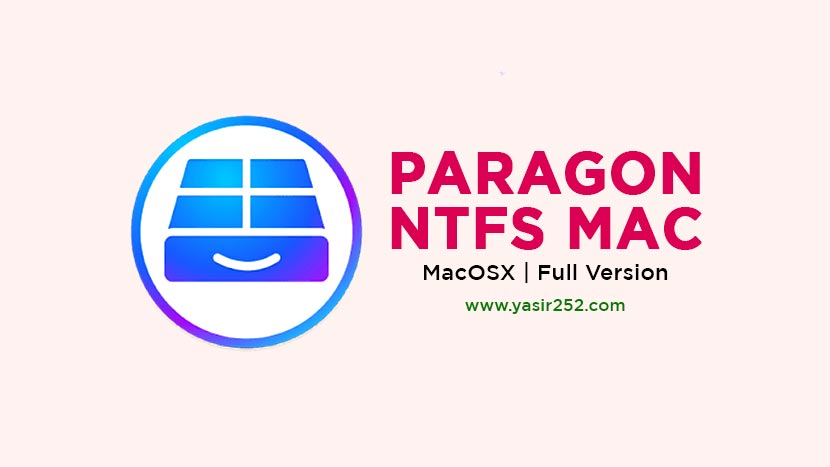
- #What is the latest version of paragon ntfs for mac? install#
- #What is the latest version of paragon ntfs for mac? code#
However, writes can be buffered in memory, leaving the actual block I/O for later. This results in unparalleled resistance to fragmentation and excellent read throughput, at the expense of write throughput. Related files (such as those in the same directory) are written close, but not too close, together, while unrelated files are scattered widely across the disk. Files are written to disk strategically to leverage spatial locality of reference. Therefore, they optimize for read throughput. UNIX filesystems tend to be designed on the assumption that writes can occur asynchronously with respect to the caller, but reads are synchronous. Ultimately NTFS is hampered by poor read throughput and inefficient locking semantics, and its write advantages are nullified by advances in multitasking and on-disk write buffers. This results in far less fragmentation than FAT32, but more than the FFS-inspired (i.e. They write sequentially, sort of like FAT32, but they keep the old versions of files (and metadata) and simply write the new version at the next sequential block address. Therefore, they optimize for write throughput. It’s a log-structured filesystem, based on the assumption that on modern machines, reads will usually be satisfied from the page cache. NTFS, on the other hand, is a fairly well-designed filesystem with some caveats. It doesn’t take a computer scientist to realize that this is a deeply flawed assumption. The entire design philosophy behind FAT32 was based on the assumption that files rarely get any bigger than when they were first created. Yeah… you’ll be much happier using a filesystem that isn’t absolute crap. So that’s pretty much all you need to know about FUSE and more… There are also some security concerns since the FUSE implementation involves a setuid root application for handling mounts, but some care has been taken to limit the attack vectors to within the preexisting surface area (which isn’t quite as secure as you might think). A possible disadvantage is that the kernel can elect to kill a filesystem process to resolve virtual memory starvation, especially if the filesystem had recently been mounted. There is a small latency incurred waiting for the kernel to schedule the filesystem and then the FUSE daemon (or vice versa), but not a significant one. There are many advantages to implementing filesystems in userspace, foremost are ease of development (the kernel environment is significantly more restrictive and complex) and system robustness against buggy filesystems.

Once you experience its awesomeness, you’ll wonder why they even bother with NFS anymore (for the record, there’s still many reasons why NFS is superior to sshfs, but not for casual use, where sshfs is just so much easier to use). It will be your Linux distributor’s responsibility to package the userspace FUSE components and any FUSE filesystems you might wish to use. The FUSE daemon does use sysfs for control operations (including aborting out of deadlocks, which can’t be fatal if we’re allowing userspace filesystems), but this is a very limited and stable interface.
#What is the latest version of paragon ntfs for mac? install#
Basically (if this were to go down), when you make install a new kernel, it would install the corresponding version of udev. This is mainly for daemons that rely heavily on sysfs, which is not nearly as stable across kernel releases as is the system call interface.

#What is the latest version of paragon ntfs for mac? code#
There has been some talk on LKML concerning moving some userspace code into the kernel source tree in order to keep them synchronized with the kernel. So it will never be merged into the kernel, because this doesn’t make sense. Filesystems developed for FUSE are not linked into the kernel image, do not run in the kernel address space, and don’t import any symbols from the kernel (besides the system call table). FUSE is short for “Filesystems in USErspace.” FUSE itself is in the kernel (available as a module), but it exports a simplified VFS interface to userspace. I think you’re misunderstanding something.
Since it’s a fuse-driver, it will never be merged in the kernel (But maybe parts of it?).


 0 kommentar(er)
0 kommentar(er)
